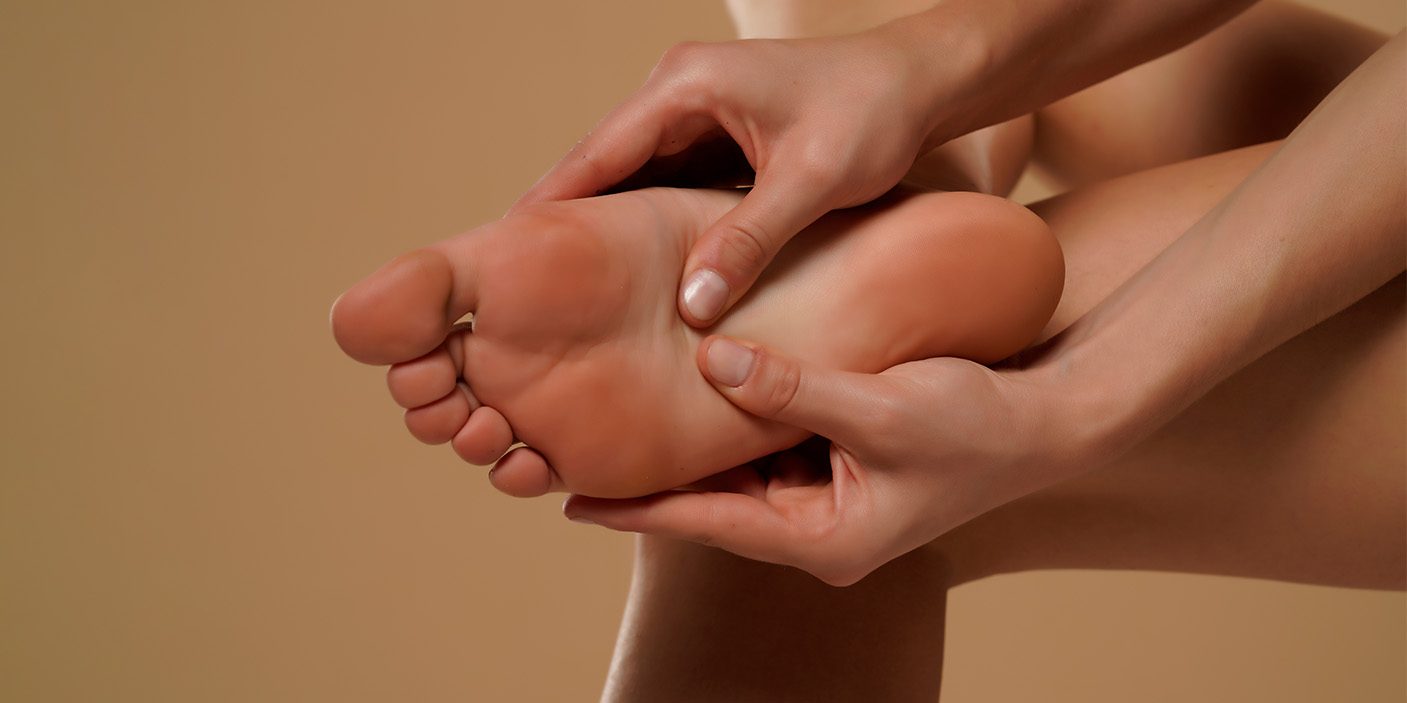Meda and Asthi Dhatu: The Skin and Bones
Our skin and bones are what we see when we look in the mirror and what we present out to the world. We are all walking examples of skin textures, colors, shapes, and sizes, all with our own unique and beautiful bodies to express our individuality.
The skin and bone tissues nourish our hormones and keep us in a youthful state, they support our posture so we can stand tall, and they protect our nervous system's ability to receive touch and respond to stimuli.
If you've been following along with this series on Ayurveda’s seven dhatus, you've already been introduced to the first three tissues of lymph, blood, and muscle.
The fourth tissue (meda dhatu) is the skin and fat layer and the fifth layer (asthi dhatu) is the bone layer.
The skin and bones are interwoven by fatty tissues made up of fat cells. These cells are where we store energy, maintain our luster, and stay emotionally engaged. Collagen binds the fabric of the skin and bone into bundles, uniting lubricated fat cells in the making of connective tissue, adhering cartilage to bone, and providing the joints with rubber band-like ligaments.
The skin and bones are vital to our overall health—let’s take a moment to unravel these tissues and see what each offers to our well-being.
Meda Dhatu: The Fat Tissue
Meda dhatu refers to the fatty cells of the body which make up our skin layers, which are designed to protect us.
Fat cells are also present in the muscles, the myelin sheath of the nerves, around each organ, and surrounding all seven of our endocrine glands.
Meda dhatu keeps us calm, cool, and collected, providing us with lubrication and the freedom to move. It also buffers the neuro-transmitters which create sensory perceptions to feel and experience the world around us.
It also provides an exocrine function for cleansing out waste byproducts, such as lactic acid, excess sebum oil, and sweat.
It’s important to know that our pores can also absorb toxins from the environment—bacteria, chemicals, and pollutants—since it is permeable. This means a skin condition can originate from the inside out, or from the outside in.
Asthi Dhatu: The Skeletal Tissue
Asthi derives from the word “stha”, meaning to stand tall. It is our bones that allow us to tilt, pivot, bend, and even fold ourselves into a ball.
Along with the bones, our hair, nails, and teeth are also formed by asthi dhatu, and their health is dependent on the liquid nutrients passed along from the lymph, blood, muscle, and skin layers.
Asthi dhatu is more than just structural fibers though.
Inside our bones, secured comfortably within the bone marrow, is where our RNA and DNA reside. This is where our life experience is stored, contributing to our ever-changing genetic code.
Since even our most dense bone starts as soft cartilage, it makes us quite capable of getting stronger, happier, and healthier by the day. These changes are passed down from generation to generation.

Signs of Healthy Skin and Bones
Because these tissues are in many ways visible to the naked eye, it is possible to become aware of their condition simply by paying attention.
For example, a clear complexion, even skin texture, smooth pores, and a healthy radiance are all signs that point to healthy meda dhatu, as are a healthy, balanced weight, a relaxed abdomen, and the ability to sweat with exercise.
As for asthi dhatu, healthy bone tissue can be recognized by a tall posture, good bone density, and an ability to move with strength and agility. Strong teeth, smooth nails, and thick, lustrous hair are also signs of healthy bones.
Now let's take a look at how the three doshas of vata, pitta, and kapha show up in relation to the skin and bones, and ways to maintain balance within these tissues.
Vata in Meda and Ashti Dhatus
Signs of Excess Vata in the Skin: Aging skin, underweight, dry skin, chapped skin, scaly skin, lack of blood flow and luster, bruises easily, dry scalp, wrinkles, dark discolorations, dark or rough moles, cold hands and feet, sensitive nerves.
Signs of Excess Vata in the Bones: Stiffness, cracking joints, weak or brittle bones, thin or brittle hair, ridges in the nails, sensitivity to touch and sound.
Finding Balance:
Abhyanga: Practice self-massage with Ashwaganda Bala Oil.
Salt scrubs: Exfoliate your skin with natural salt scrubs.
Nutrition: Nourish with lecithin, collagen, and hyaluronic acid.
Herbs: Drink warm, rejuvenative drinks like Ashwagandha Latte.
Pitta in Meda and Asthi Dhatus
Signs of Excess Pitta in the Skin: Redness in the skin, skin irritations, breakouts, sensitive or reactive skin, excessive sweating, red moles.
Signs of Excess Pitta in the Bones: Joint discomfort, prone to injury, sensitive teeth, red or irritable gums, oily hair, sensitivity to light, prematurely graying hair.
Finding Balance:
Abhyanga: Use cooling Neem Oil to soothe your skin.
Cleanse and nourish: Soak in epsom salts and oatmeal baths.
Nutrition: Drink aloe vera juice to soothe excess heat.
Herbs: Drink calming, cooling teas like Mellow Mind.
Kapha in Meda and Asthi Dhatus
Signs of Excess Kapha in the Skin: Areas of water build up, puffy eyes, calluses, excess weight, don’t sweat with exercise, fat accumulation in particular areas of the body, clogged pores, bruises easily, large translucent moles.
Signs of Excess Kapha in the Bones: Enlarged bones, calcification build up, plaque on the teeth, sensitivity to change, taste, and smell.
Finding Balance:
Abhyanga: Use Mahanarayan Oil to warm and invigorate.
Invigorate: Enjoy dry brushing or salt scrubs to cleanse the skin.
Sweat: Break a healthy sweat with exercise or a dry sauna.
Herbs: Drink cleansing teas like Detox Digest.



